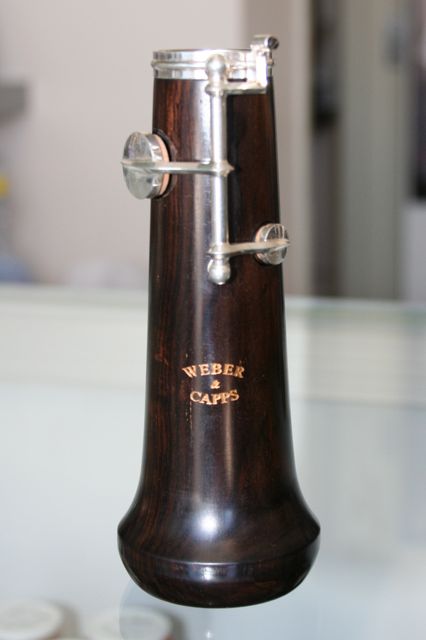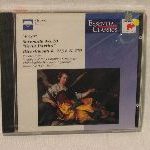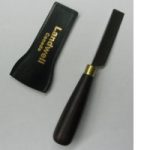$1,095.00
I am no stranger to the work and history of David and Fred; when I heard they were working on a bell design I knew it would not only be a very good product, but that it would entail the very core of their training, practice and teaching that would be the driving force behind this bell. Not being on site to try all of the bells, I had David and Fred choose a bell for me on Fred’s remarkable oboe, knowing the bell would be chosen on an instrument that is for me ideal in every way. I wanted a bell, that had beautiful tone/color, focus, and nuance, and made that specific oboe sound as fantastic as possible. Upon getting the bell they chose, I was able to try it on several instruments, in varying venues from concert hall, recording studio, rock band performances, practice room, full symphony, quintet and solo work. Here are my findings for the W & C bell on varying instruments:
Loree 125 Royal: This oboe was already very warm and centered, not too dark, and played quite well in tune. David and Fred’s bell immediately put vitality into this oboe. It made it easier to hear ones self in the moment, and while pitch was not noticeably different, the whole oboe was easier to fine tune pitch when needed, especially all notes using the second octave key. Low notes had more strength and had greater crescendo capabilities as well as more secure low note attacks below low D.
Laubin Rosewood 2400 series: This oboe is already a very even oboe as far as pitch and tone- but the W&C bell takes some of the “push” out of the oboe and for lack of a better term, allows one to “play it like a Loree” in regards to articulation and air. All notes involving an octave key are much more locked “up” into place and don’t need as much work. With this bell, the oboe overall has much more freedom and more overtones in the color, although I would not use the word, “bright,” but rather, “spectrum.” It is the best of both worlds in many ways– the stability of a Laubin, with the more varied color possibilities of a Loree.
BF series Loree: This oboe was very loud, unrefined and big to the point of pretty obnoxious. The W & C bell immediately centered and compacted this oboe, yet allowing it to still be big and full, without the unwieldy nature it had before. It finally had tonal and pitch stability during a PP-FF crescendo– and also allowed the oboe to be able to take resistant, harder reeds as well as smaller, more refined reeds and play very well with both. High notes were effortless and low notes didn’t stutter or bark.
Loree standard/ak bore oboe: Finally, I tried this bell on several Loree oboes that were made within the past 10 years, and again, got interesting results. The best way I can explain how this bell affected these oboes is imagining the tone of these oboes like that of a large stained glass window seen from a distance. With their stock bell, tone was very gray, bland and although not bad, just not interesting or special. With the W & C bell, you can hear tonal color contrast- just like seeing that same stained glass window up close- this bell made these oboes come to life– all of what seemed like “gray scale” color was now vivid, clear, yet smooth- and really added something special to the instruments. And quite interestingly, were much more able to vary tonally- from playing out with a lot of soloistic color- and then turn on a dime to put that gray scale back- allowing a player to hide, or allow tone to support, but not be so direct or present- much like the needs of a second oboe player!
These bells are worth trying- they may solve some problems with pitch, reeds, slurs, articulation- or they may give you a slightly different palate of color while not changing instruments. They will do something different for everyone- my thoughts above are things that caught my ear as being a unique quality that came from trying this bell in real practice. My congratulations to David and Fred and good luck to those looking into this really fantastic bell!
Brent Hages


